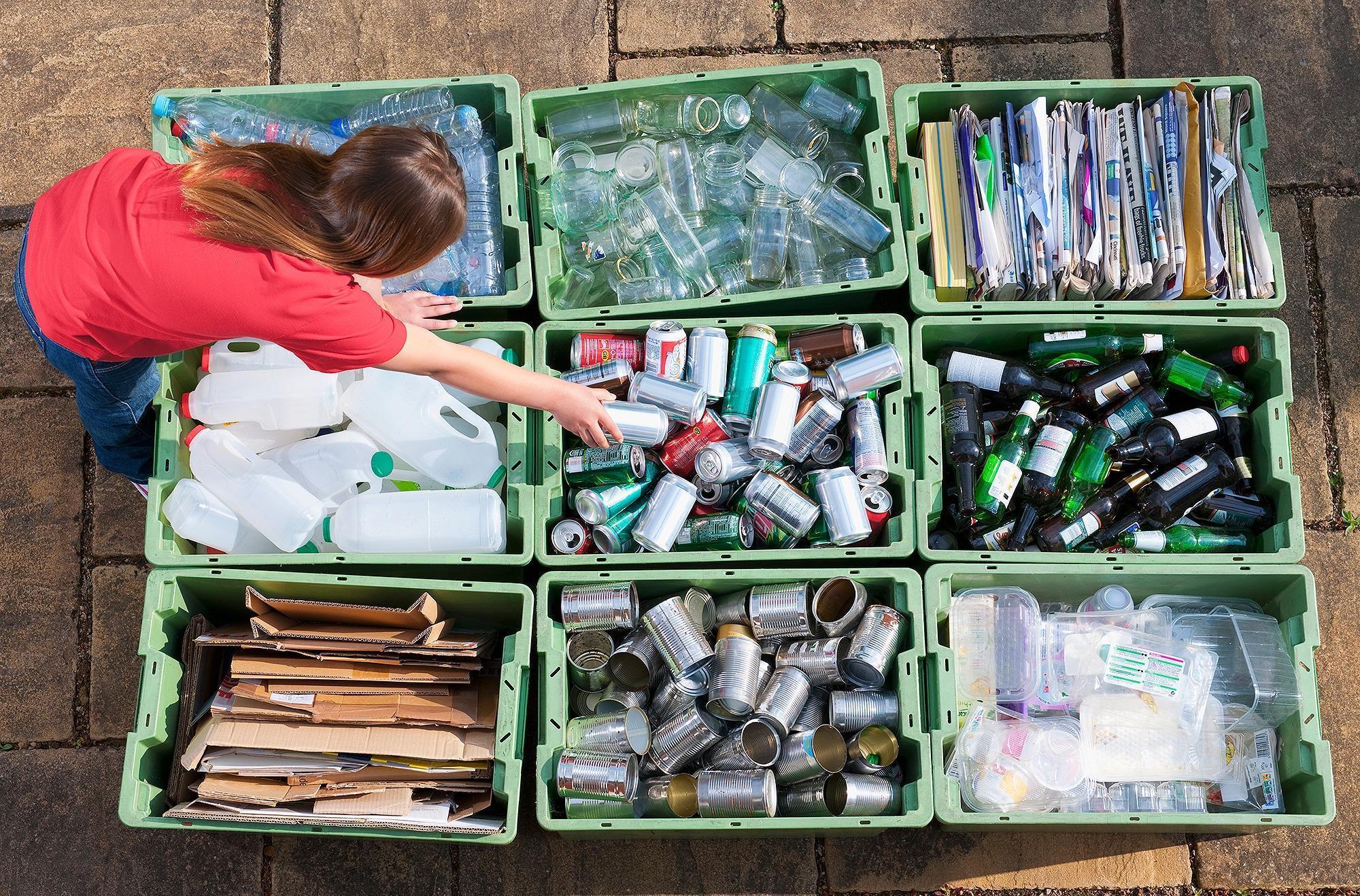How to Recycle Correctly and Hustle-Free
Recycling brings many benefits to us as individuals and also to the society. It saves costs, resources and most importantly the environment. International reports suggest that if we as a humankind don't take recycling seriously right away, there will be disastrous consequences just 30-50 years from now. We know that sometimes the process of recycling gets a little complicated and many people get confused. That's also the main reason why so many households still don't recycle properly. Today, we want to give you a brief explanation on how to recycle correctly and hustle–free.
Previously, you may have attempted to recycle your old water bottles, magazines, useless plastics, and other household junk, but you found it complicated, so you just gave up. It happens to many people. The main reason for this is because there is lack of understanding of the easiest and fasted ways to recycle household rubbish. Also, you are probably missing structure to your recycling activity. Let's fix that.
Prepare for Recycling
The first step is preparing items for recycling. As you know, all items cannot go in the same place. Thus, it requires organisation and separation of items and materials. For example, all bottle caps should be placed at one side and all plastic bottles without caps should be placed separately. Remove all water and residue from the bottles. Then, all bottles, caps, and other appropriate items for recycling need to be packed in different bags or containers. In the UK, every local council has different requirements and collection procedures. Some may ask you to put the plastic water bottles in a container, others may be fine with you putting them in a white recycling bag. Make sure you check the requirements of your council or opt for a domestic cleaning service. Professional cleaners are well aware of how to recycle correctly and efficiently.
Of course, different materials will require different recycling procedures. There are specific ways in which you dispose of electronic devices or batteries. You can't just put them into the recycling can. Most stores selling mobile phones have special containers for recycling batteries and electronic devices. Some even pay you if you bring your device! Just make sure you have backed-up all your data safely on the cloud or other virtual storage before you recycle your phone, tablet or computer.
The Recycling process
Now that you know different materials can't be put in the same bags or containers is good to know where each of these materials go.
The plastics, as we said, will have to be separated from paper and put into a specific container or a bag.
Cardboard and takeaway boxes go in another white recycling bag. Make sure you get rid of all food leftovers before you put the recyclable materials in the bag.
Cans and metal waste products will go in other containers too. The easiest way to get things done quickly, is to have a couple of bins at home with labels for different types of products and materials. This way, when it's time to take out the trash, you don't have to go through it and separate stuff.
When it comes to clothes and shoes, these don't go in the bin and are not collected by the council. You should make arrangements to dispose of them safely. The good news is that many charity organisations leave special recycling bags in your post box, which you can use to store the clothes you don't want. On the bag there is usually information about the collection date and terms.
Food waste is something that must never go in the same place as the recyclable materials. Every household should have a special bucket provided by the council you could use to dispose of any food waste.
As you know, the general waste (mixed materials ant things that are not yet widely recycled like nappies or sanitary products) go in black plastic bags. You should try your best to minimise the general waste and use the correct bins and packaging for recycling.


